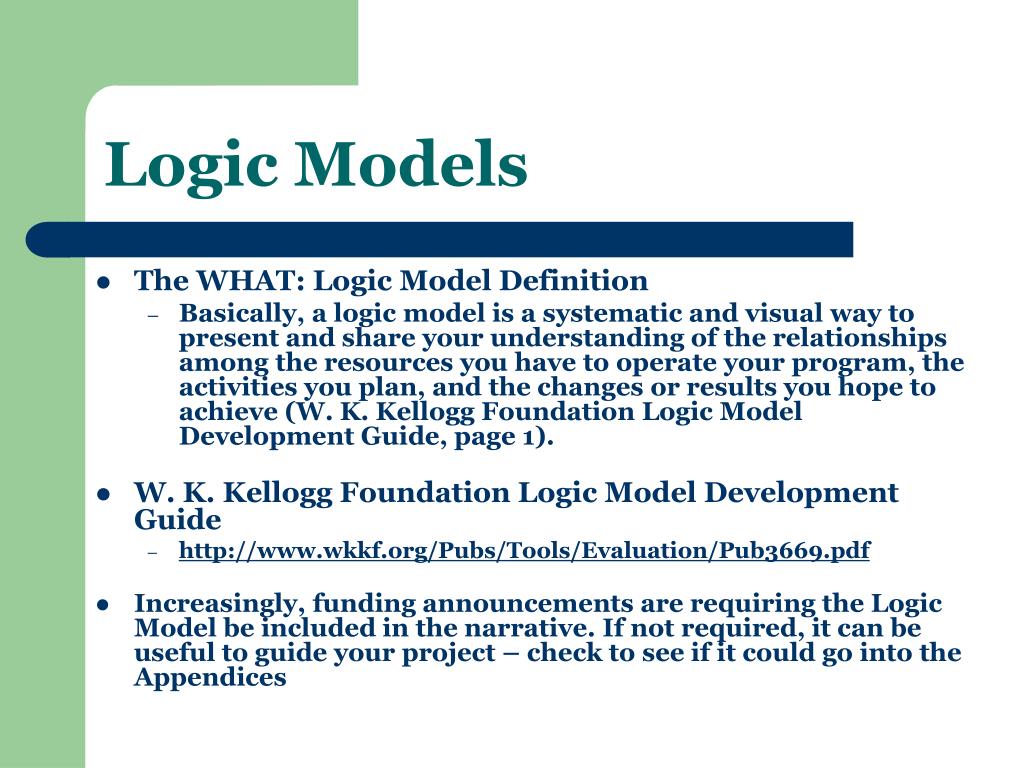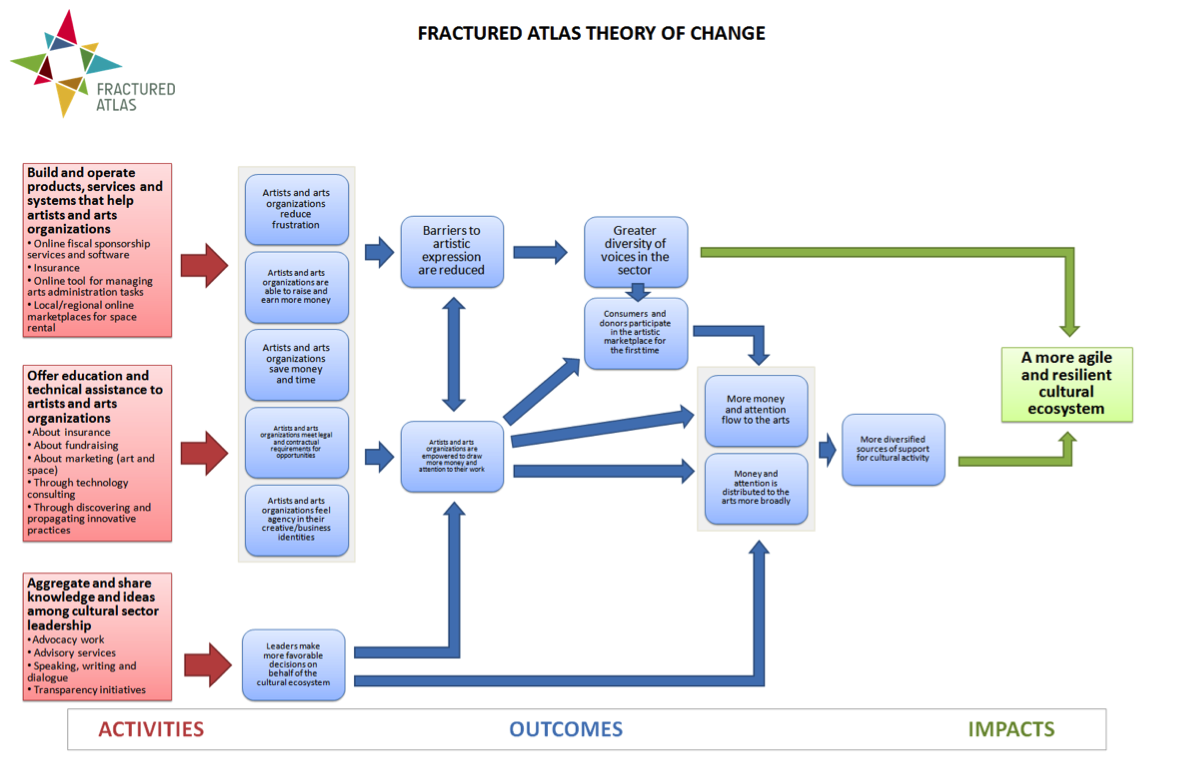

Add Logic ModelsĪs they explore the created application, Business Users will naturally identify logic requirements. In addition to altering created models, you can add new functionality as described below. Extensible Automation – Add Logic Models, Code as Required For example, you can drop end-points in the API, or alter the UI for captions, attribute ordering and so forth. Model Driven Customization – Alter and Extend the Created ModelsĪs noted above, it’s quite simple to use your IDE or text editor to alter the UI and API models above. Business Users can review the running screens, and provide feedback about the data model (“wait, customers have multiple addresses”), or business logic requirements (“we need to check credit”). In moments, that single create command has created a project – working software, ready for collaboration with Business Users or review with clients.

ONLINE LOGIC MODEL BUILDER SOFTWARE
Promotes Agile Collaboration, Based on Working Software Generated API to access the business data Use your existing tools and techniques to create a schema, and then use the API Logic Server Command Line Interface to create a system like this: ApiLogicServer create-and-run -project_name=ApiLogicProject -db_url= Model Driven CreationĪPI Logic Server creates complete, executable projects from a database schema. We describe here such an approach, called API Logic Server (open source, available on GitHub). Ideally, we can build on the concept of Low Code, and extend the notion of models to include Logic Models, that express our backend business logic in Business User terms, and are n-fold more concise than code. Our Solution: Low Code Plus Logic Model Automation
ONLINE LOGIC MODEL BUILDER MANUAL
Manual coding is slow, which can be frustrating to Business Users, who can state requirements in terms that are both clear, and many-fold more concise than code. That’s a problem – backend business logic often comprises nearly half the system. The underlying assumption is that domain-specific logic requires domain-specific-code. However, they fall back to low-level code for business logic.

Low-code approaches have been effective for building simple systems for reading and writing data.


 0 kommentar(er)
0 kommentar(er)
